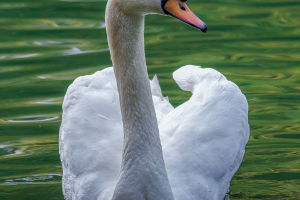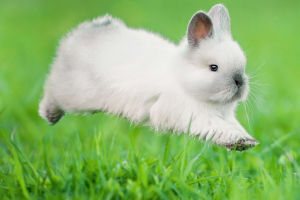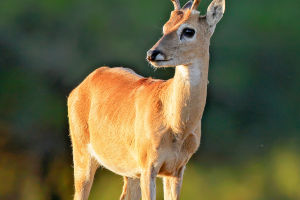Rabbits are belonging to the mammalian family Leporidae, are small, herbivorous vertebrates distinguished by their short, fluffy tails, elongated tubular ears, and powerful hind legs that are notably longer than their forelimbs.
This family encompasses nine genera and 43 species, including the widely recognized domestic rabbit.
These creatures are notable for their intriguing physiology and behavior. The rabbits' tubular ears play a crucial role in body temperature regulation, aiding in heat dissipation when hot and retaining warmth when cold. Their robust hind legs facilitate rapid and efficient movement, enabling leaps of several feet in one bound.
Such adaptations have allowed rabbits to adapt to diverse environments, from the hot deserts of the Southwest United States to Canada's frigid tundras.
As herbivores, rabbits primarily consume herbaceous plants like grasses, clover, and alfalfa, along with leaves, bark, buds, flowers, and fruits from trees and shrubs. Their diet in the wild varies based on resource availability, while domestic rabbits are usually fed a specialized pellet diet to meet their nutritional needs.
Socially, rabbits live in groups known as colonies, ranging from a few to over 100 individuals. These colonies establish a social hierarchy, where dominant rabbits assert authority over subordinates, aiding in resource distribution and order maintenance.
Rabbits have a fascinating communication system, employing vocalizations like grunts, squeaks, and screams to convey danger, fear, and aggression. Their body language, including ear positioning, tail movement, and posture, also plays a significant role in communication. For instance, a threatened rabbit may flatten its ears and crouch low to the ground.
Beyond their intriguing behavior and physiology, rabbits hold significant cultural importance. They have been domesticated for millennia, serving as pets, and sources of meat, fur, and wool. In various cultures, rabbits symbolize fertility and springtime, with the Bunny often representing rebirth and new beginnings.
In summary, rabbits are captivating and vital animals with a significant impact on human history and culture. Their unique physiological traits and behavior have enabled them to thrive in various environments, while their social structures and communication methods have facilitated their success in group living. Both pet owners and wildlife enthusiasts can find much to admire and learn about these delightful creatures.


